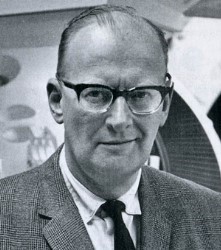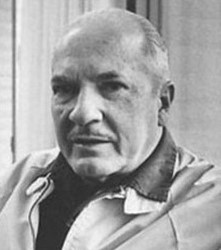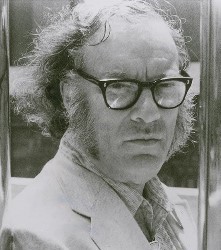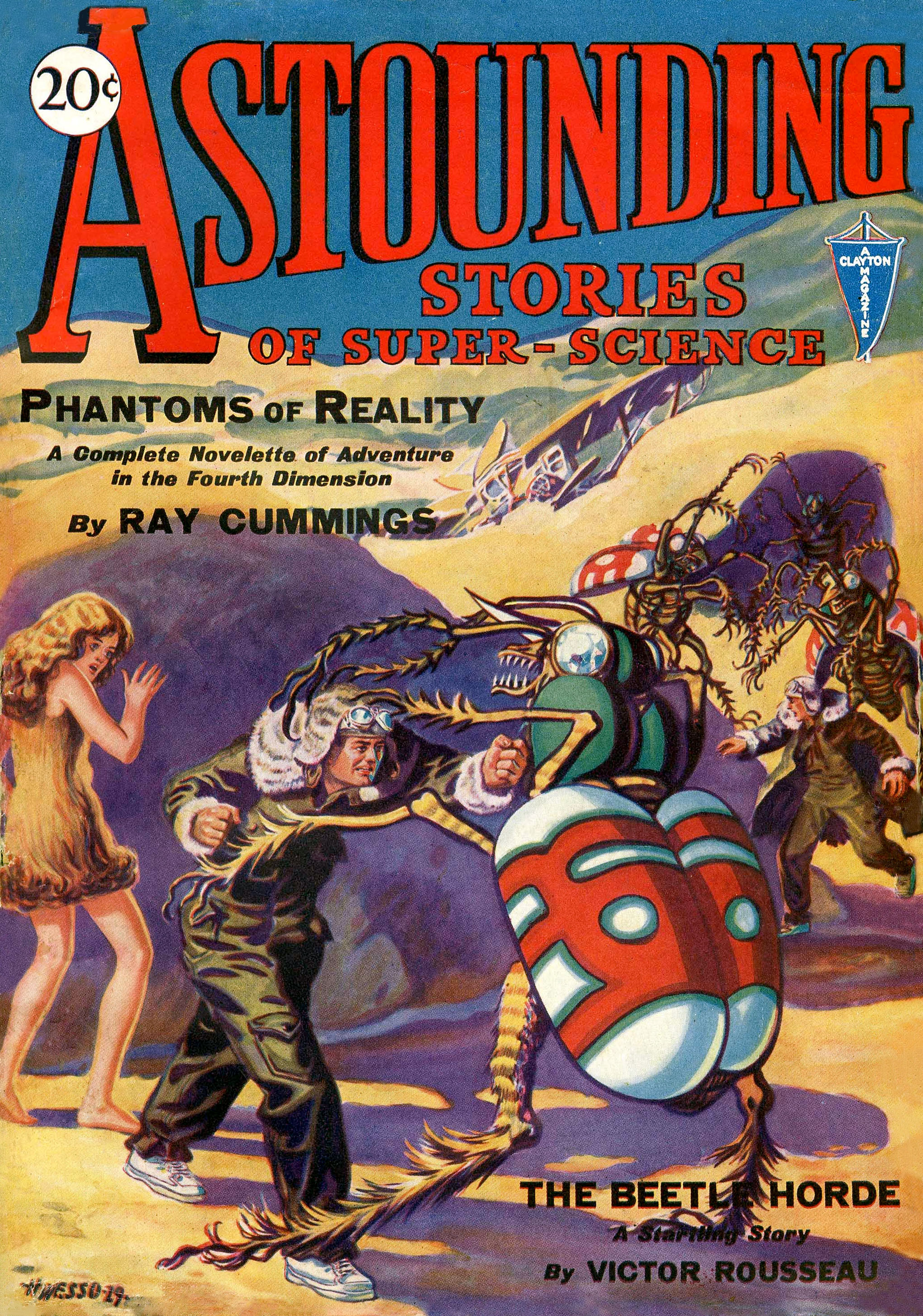Someone asked me to explain what Trump is doing or trying to do with the United
States immigration policies. There has been a lot of talk of this in the news lately.
Trump wants to change our immigration policies.
Many other people do not want them changed. Exactly how changes in
US immigration law happen is complicated. Because Trump is president sometimes
he can do things to change the way the US government works. However, a President
cannot just do anything he wants. There are laws on what he can do and what he
cannot do. So sometimes he cannot do what he wants. Sometimes he can try to get
Congress and the House of Representatives to make changes. Then the people in
Congress and the House of Representatives vote on whether or not they want to
make the changes.
So no really knows what changes will happen and if Trump will be able to do
what he wants.
If he gets his changes then if you are a US Citizen or have a Green Card you can still stay.
HOWEVER, if he gets his changes it will become more difficult for you and other people
to bring new people here from your country, this includes family members who live
overseas.
Trump is also looking at many groups who were allowed to stay here temporarily and
trying to send them home.
For instance, there was a terrible earthquake in El Salvador, a small country south of
Mexico many years ago. Because of the Earthquake many El Salvadoreans were told
they could stay until things got better in their country.
But actually nobody really told them it was time to go home. The government just
let them stay. Now Trump is telling them to go home.
A second group that you will here about are called "DACA recipients"
DACA means "Delayed Action for Childhood Arrivals."
These are people whose parents came here against the law, usually from Mexico or
South America but brought their children with them.
Their children did not choose to come here against the law and grew up here, and
Trump said, basically, although they are here against the law, it's not their fault, and
they can stay until we decide on a good policy about what to do with them.
Now Trump is saying he wants to send them home.
Honestly, Trump has the idea that the USA should build a big, expensive wall with
Mexico to try to keep more people out. (I do not think this wall is a good idea.)
He is crazy about this idea and really, really wants it, and he's basically told a lot of
people he might agree to let some of these people stay and stop trying to send them
home if people let him build his wall.
But the basic idea is if he gets his changes, you, your family, and other immigrants
and refugees who have green cards or are citizens can stay but it will be more difficult
to invite friends or family from Asia to come here.
And even if these things do happen they might change back when we get our next
president.
If you wish to do something about this and live in Albany, Schenectady or Rensselaer
County you should probably contact Paul Tonko's office. He is your government representative and he works in Washington DC to help make national laws and policies.
He likes to know how people feel about things and sometimes changes his vote after
people talk to him.
https://www.facebook.com/reppaultonko/
Peter Huston
Here are some news articles that discuss these things.
https://www.nytimes.com/2018/01/09/us/politics/trump-immigration-meeting-anatomy.html
6 Dramatic Moments in Trump’s Unusual Immigration Session
The West Wing met The Apprentice when President Trump presided over a meeting,
later broadcast on television, of lawmakers from both parties debating immigration
policy in the cabinet room.
nytimes.com
https://www.washingtonpost.com/world/national-security/how-chain-migration-became-a-target-in-trumps-immigration-agenda/2018/01/02/dd30e034-efdb-11e7-90ed-77167c6861f2_story.html?utm_term=.c3578f0cce98
Family ties drive U.S. immigration. Why Trump wants to break the ‘chains.’
An irony of the president’s effort is that liberal reformers of the 1960s wanted a merit-based model, too.






